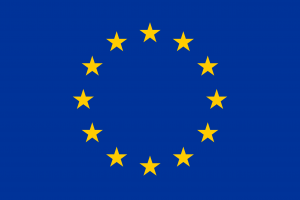Travelling to Europe: New Entry/Exit System
The EES has been designed for non-EU nationals visiting Europe for short stays. Travellers required to have a Schengen visa to travel to Europe, including Thai nationals, as well as travellers who are visa-exempt for up to 90 days within a 180-day period, will have their entries and exits registered electronically. In addition, a traveller’s photograph and fingerprints will be stored in the system. These data will allow identities to be verified securely, preventing false documents or incorrect matches. As a result, border checks will be carried out more quickly, more accurately, and more safely, while safeguarding travellers’ fundamental rights.
Once fully operational from 10 April 2026 onwards, the EES will modernise border management across the European countries using the system by electronically registering non-EU nationals’ information on entries and exits, or entry refusals. It will also replace the need for passport stamping. The EES will store biometric data, including facial image and fingerprints.
Some European countries using the EES may further facilitate border processes by introducing automation, for example, self-service kiosks, e-gates, and even a mobile app for data pre-enrolment at their external borders. Travellers with biometric passports will be able to register their data themselves, check whether their details are already stored in the system, and then proceed directly to a border officer for verification. This will reduce time-consuming manual procedures and shorten queues.
The EES represents an important step forward in European border management: faster, safer, and more transparent. For travellers, it means easier and safer journeys.
For more information:




